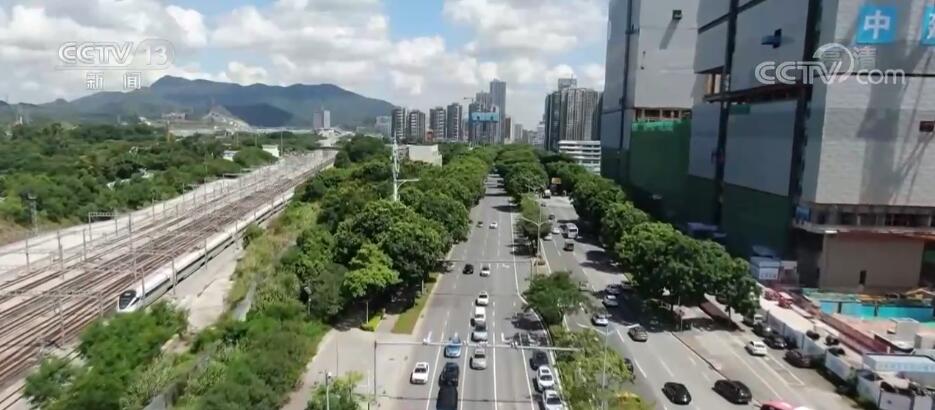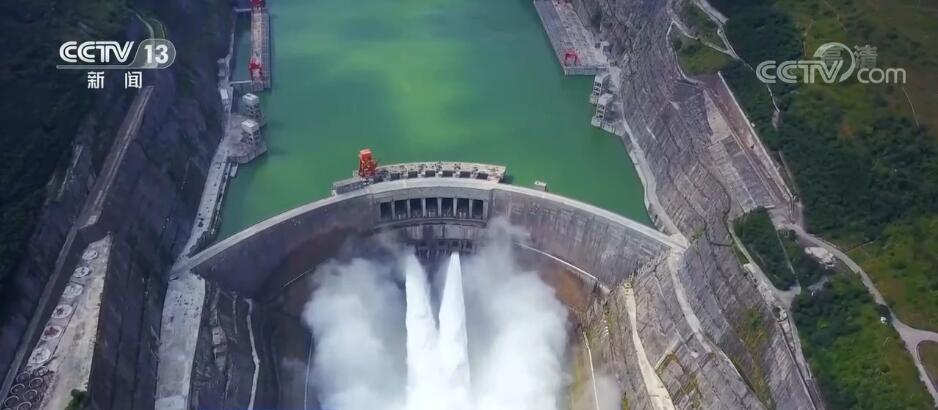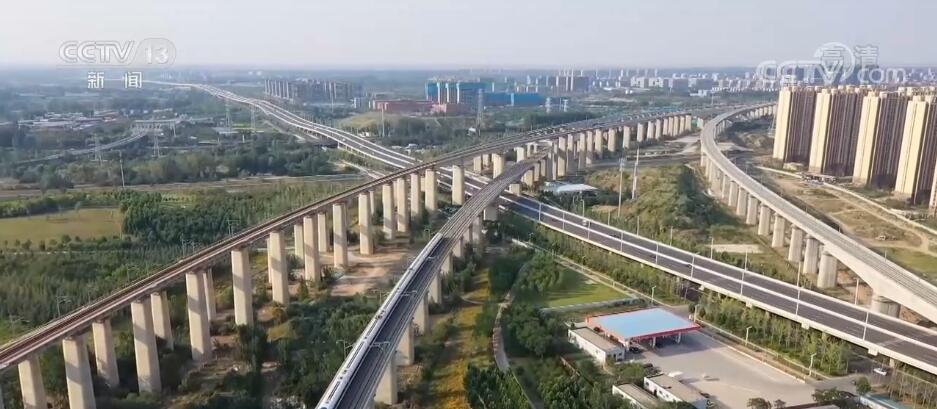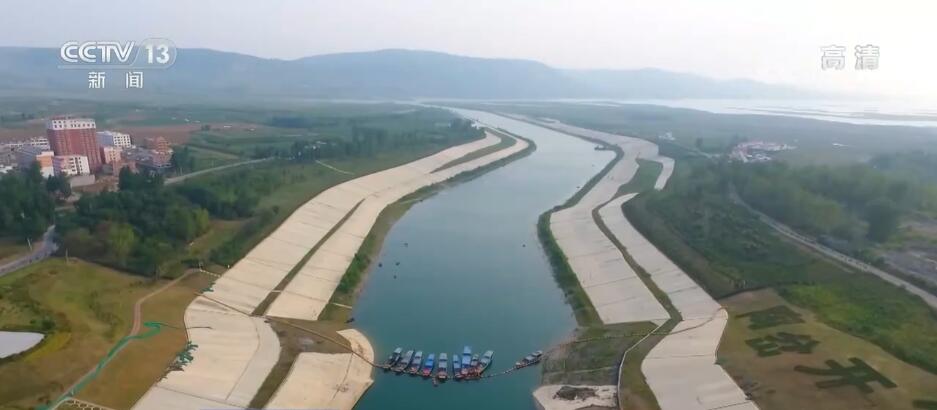In the past ten years, the level of infrastructure networking in China has been continuously improved.
CCTV News:The National Development and Reform Commission held a press conference today (September 26th) to introduce the situation of major infrastructure construction in China in the past decade. In the past ten years, the level of infrastructure networking in China has been continuously improved, the layout has been more balanced, and the service quality capability has been continuously improved.

By the end of 2021, the total mileage of China’s comprehensive transportation network exceeded 6 million kilometers, 794,000 kilometers of transmission lines with 220 kV and above, and the total length of optical cable lines reached 54.81 million kilometers, which were 1.3 times, 1.7 times and 3.7 times that of 10 years ago, respectively. The total storage capacity of reservoirs reached 903.5 billion cubic meters, forming a super-large-scale network, and the scale of high-speed rail, expressway, power grid and 4G network ranked first in the world for a long time.

The Hotan-Ruoqiang Railway was put into operation, and the mileage of the central and western railways reached 60% of the national proportion. The basic network has been continuously expanded and upgraded. Rural roads have increased by more than 900,000 kilometers in 10 years, and rural power supply networks have been continuously optimized and upgraded. In 2015, the population without electricity was eliminated.

High-speed railways cover more than 95% of cities with a population of over one million, expressways cover more than 98% of cities with a population of over 200,000, and civil transport airports cover about 92% of prefecture-level cities. Conditional villages have achieved access to hardened roads, broadband and direct postal services, and the penetration rate of 4G and 5G users has reached about 87%.

China’s railway, highway and other passenger and cargo traffic, port throughput and power generation have long been ranked first in the world, and the power flow from west to east is close to 300 million kilowatts. The east middle route of the South-to-North Water Transfer Project has transferred more than 50 billion cubic meters of water, directly benefiting more than 100 million people. By the end of 2021, the number of mobile communication users and Internet surfers reached 1.82 billion and 1.03 billion respectively, equivalent to 1.8 times and 2 times that of ten years ago.